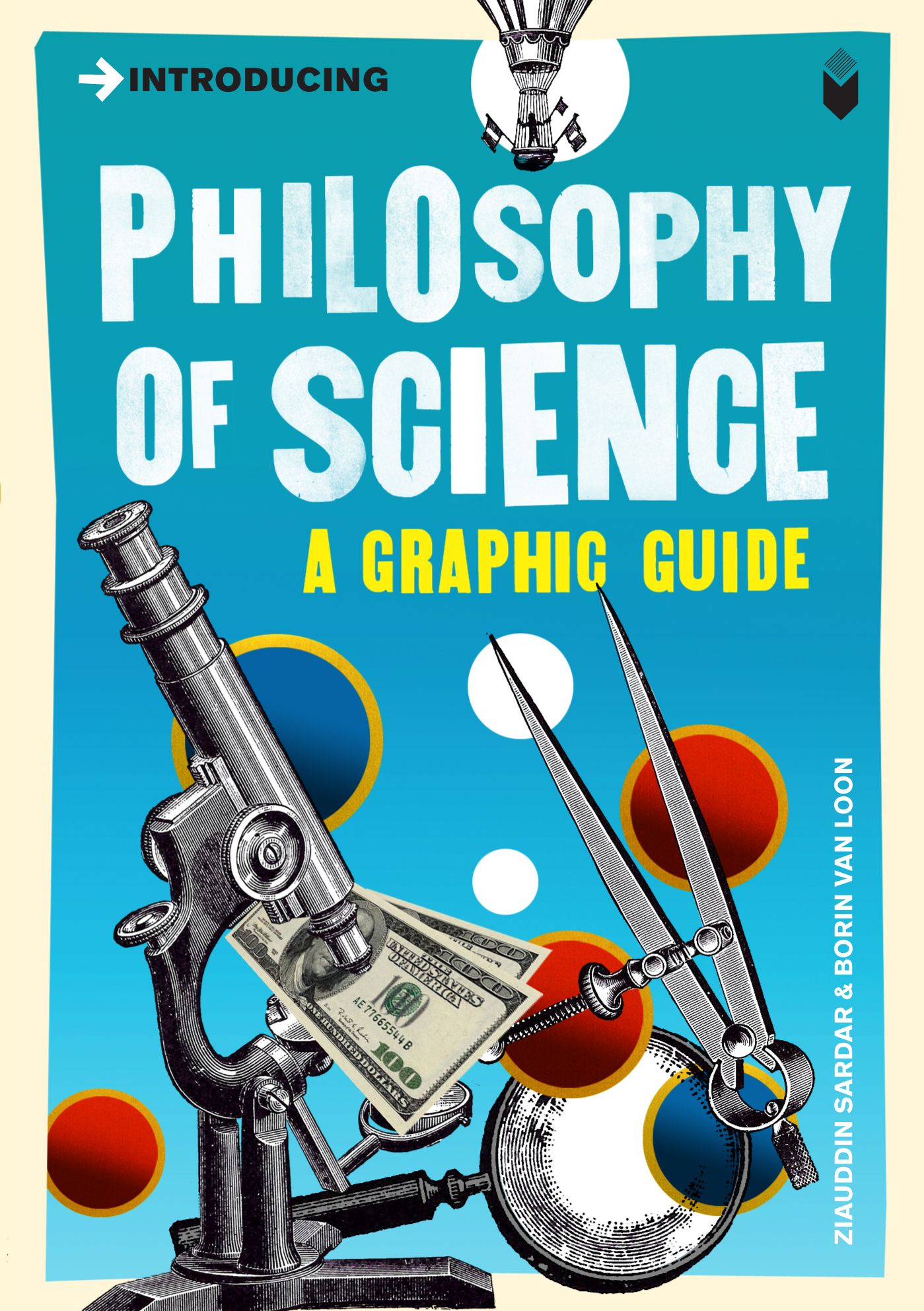Object-Orientation:
- Smalltalk is a pure object-oriented programming language where everything is an object and objects interact through messages.
- Objects encapsulate data (instance variables) and behavior (methods).
- Classes define the structure and behavior of objects.
- Inheritance provides a hierarchical relationship between classes, allowing subclasses to inherit and extend the characteristics of their superclasses.
Dynamic Binding and Late Binding:

- Message sending is dynamically bound, meaning that the actual method to be executed is determined at runtime based on the receiver’s class.
- Late binding allows for flexible and extensible code, enabling objects of different classes to respond to the same message in different ways.
Image-Based Execution:

- Smalltalk runs within a “live image,” which contains the entire program state, including objects, classes, and the execution environment.
- The live image is persistent, allowing changes to be saved and restored later.
- This enables a seamless debugging experience, where code changes can be made and tested without recompiling or restarting the program.
Metaprogramming:
- Smalltalk is highly meta-programmable, meaning that its own code can be inspected and manipulated at runtime.
- The “metaclass” concept allows for the creation of new classes and the modification of existing ones dynamically.
- This flexibility facilitates the development of frameworks, DSLs, and advanced programming techniques.
Simplicity and Conciseness:
- Smalltalk’s syntax is designed to be simple, elegant, and expressive.
- The language has a small core of essential keywords, making it easy to learn and use.
- Concise code allows developers to focus on problem-solving rather than syntax details.
Reflective and Introspective:
- Smalltalk provides a rich set of reflective capabilities that allow objects and classes to inspect their own state and structure.
- This enables self-inspection, debugging, and dynamic code generation.
- Introspection promotes understanding, control, and extensibility within the system.
Concurrency and Distribution:
- Smalltalk supports concurrency through “processes” and “futures,” allowing multiple tasks to run simultaneously.
- The language also provides mechanisms for distributed programming through networking and message passing.
- These features enhance the scalability and responsiveness of Smalltalk applications.## Executive Summary
Smalltalk is a powerful and expressive object-oriented programming language designed to make it easy to develop complex software systems. Its unique design philosophy emphasizes simplicity, flexibility, and productivity, making it an excellent choice for a wide range of development projects.
Introduction
Smalltalk is a reflective, pure object-oriented programming language developed by Alan Kay in the 1970s. It is often considered the first modern object-oriented programming language, and its design has influenced numerous other languages, including Java and Python. Smalltalk is characterized by its simplicity, elegance, and power, and it remains a popular choice for developing complex software systems.
FAQs
- What are the key benefits of using Smalltalk?
Smalltalk’s key benefits include its simplicity, expressiveness, and flexibility. It is easy to learn and use, making it a great choice for beginners. Smalltalk’s object-oriented design makes it easy to develop complex software systems, and its flexibility allows it to be used for a wide range of projects.
- What are some of the most popular uses for Smalltalk?
Smalltalk is used in a wide range of projects, including:
- Enterprise software development
- Web development
- Game development
- Artificial intelligence
- Machine learning
- How does Smalltalk compare to other object-oriented programming languages?
Smalltalk is considered one of the most pure object-oriented programming languages, as everything in Smalltalk is an object. This makes it easy to develop complex software systems that are both flexible and maintainable. Smalltalk is also known for its simplicity and elegance, which makes it a great choice for beginners.
Key Subtopics
Simplicity
Smalltalk is designed to be simple and easy to use. Its syntax is clear and concise, and its object-oriented design makes it easy to understand and develop complex software systems.
- Clean Syntax: Smalltalk’s syntax is designed to be as clean and concise as possible, with a focus on readability and ease of understanding.
- Object-Oriented Design: Smalltalk’s object-oriented design makes it easy to organize and structure code, making it easier to develop complex software systems.
- Automatic Memory Management: Smalltalk includes a built-in garbage collector that automatically manages memory, freeing developers from the burden of manual memory management.
Expressiveness
Smalltalk is a very expressive language, allowing developers to write code that is both concise and clear. Its object-oriented design makes it easy to represent complex concepts in a natural and intuitive way.
- Dynamic Typing: Smalltalk’s dynamic typing allows for a great deal of flexibility and expressiveness, making it easier to develop code that responds to changing requirements.
- Metaprogramming: Smalltalk’s metaprogramming capabilities allow developers to manipulate the language itself at runtime, providing a great deal of flexibility and power.
- Image-Based Development: Smalltalk’s image-based development environment allows developers to work with live code, making it easier to experiment and iterate on ideas.
Flexibility
Smalltalk is a very flexible language, allowing developers to customize it to meet their specific needs. Its open and extensible design makes it easy to integrate with other languages and technologies.
- Open Source: Smalltalk is an open source language, giving developers the freedom to modify and extend it as needed.
- Extensibility: Smalltalk’s extensible design allows developers to add new features and functionality to the language, making it easy to adapt to changing requirements.
- Portability: Smalltalk is a portable language, allowing developers to run their code on a variety of platforms, including Windows, Mac, and Linux.
Productivity
Smalltalk is designed to be productive, allowing developers to develop software systems quickly and efficiently. Its powerful tools and features make it easy to automate tasks and streamline the development process.
- Integrated Development Environment (IDE): Smalltalk includes a powerful IDE that provides a comprehensive set of tools for developing and debugging code.
- Class Library: Smalltalk includes a comprehensive class library that provides a wide range of pre-built components and functionality, reducing the need for custom development.
- Code Refactoring: Smalltalk’s code refactoring tools make it easy to restructure and improve code, helping to maintain code quality and readability.
Community
Smalltalk has a strong and active community of developers who are passionate about the language. They provide a wealth of support and resources, making it easy for new developers to get started and experienced developers to stay up-to-date on the latest developments.
- Online Forums and Communities: Smalltalk has a number of online forums and communities where developers can connect, ask questions, and share knowledge.
- Conferences and Meetups: Smalltalk conferences and meetups are held around the world, providing opportunities for developers to network, learn, and share ideas.
- Open Source Contributions: Smalltalk is an open source language, and there are many opportunities for developers to contribute to the project.
Conclusion
Smalltalk’s unique design philosophy emphasizes simplicity, flexibility, and productivity, making it an excellent choice for developing complex software systems. Its simplicity and elegance make it easy to learn and use, while its flexibility and power make it suitable for a wide range of projects. Smalltalk’s strong community provides a wealth of support and resources, making it easy for developers to get started and stay up-to-date on the latest developments.
Keywords
- Smalltalk
- Object-Oriented Programming
- Simplicity
- Expressiveness
- Flexibility
- Productivity

